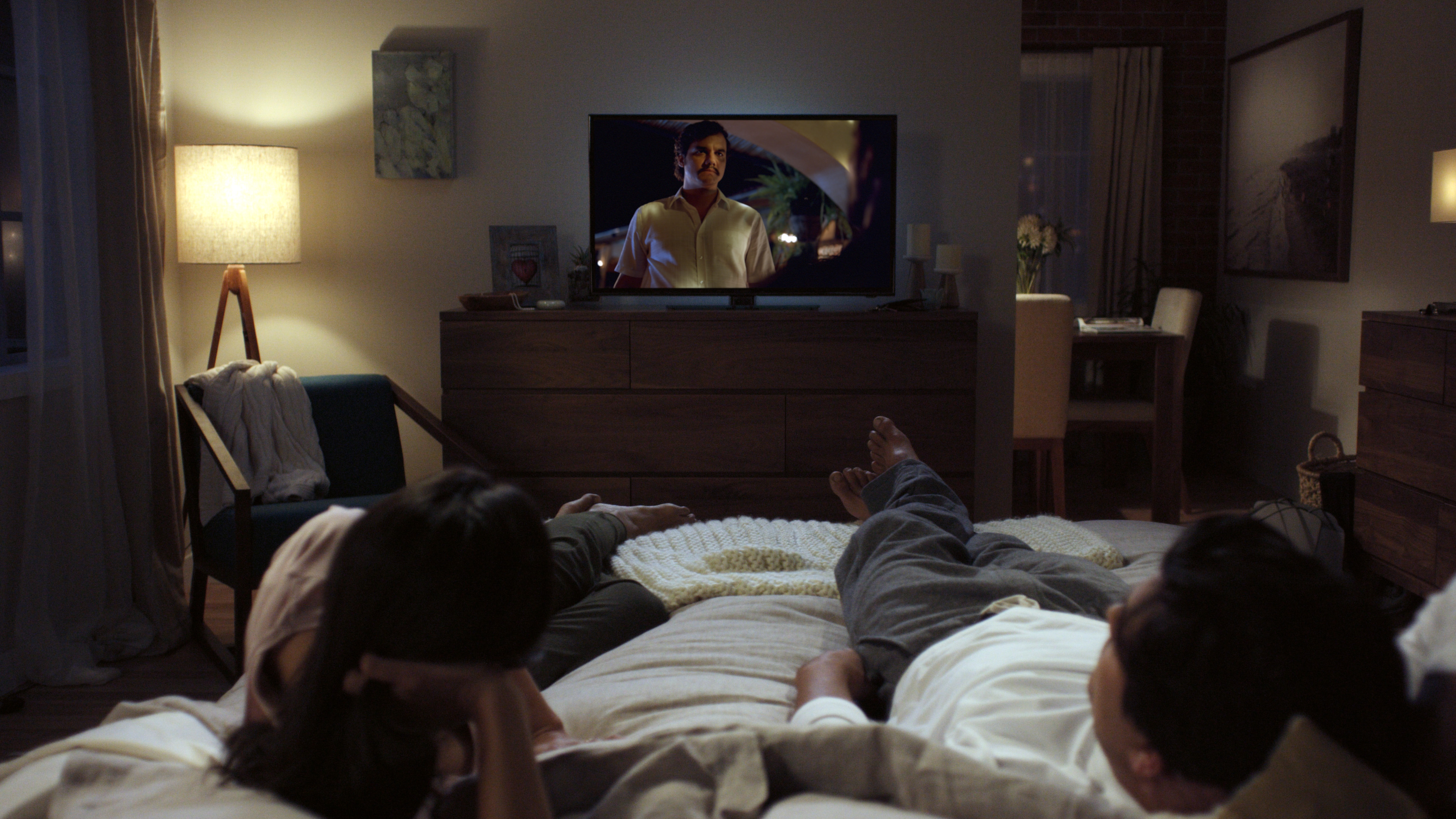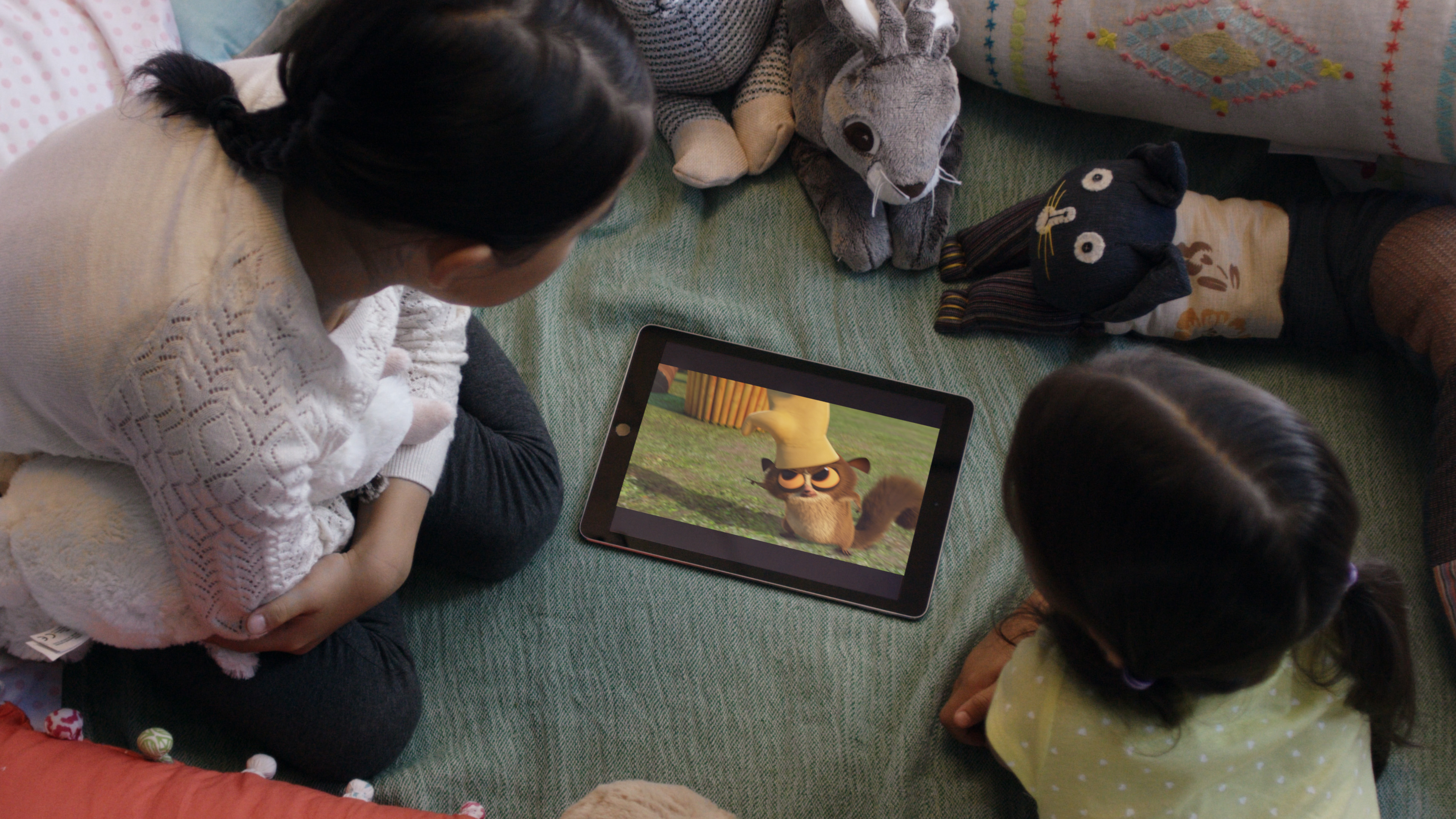Here's where your bizarre Netflix recommendations come from
Get ready for some 'Coming-of-age animal tales'!

We’ve all seen them. Scroll down far enough through your Netflix library and they start to appear, those categories that seem just a little too specific. They’ll start innocently enough. Maybe Netflix will assemble a collection of “Quirky comedies” for your amusement, or “Historical TV Dramas”.
But pretty soon things can start getting weird. “Critically-acclaimed social issue dramas”, “Suspenseful movies starring Denzel Washington” and “Raunchy TV Comedies Featuring a Strong Female Lead” are all categories that have been spotted out in the wild.
You can blame Mike Hastings for all of the categories you see while browsing Netflix. A former film critic with an passion for categorisation, Hastings is in charge of the 30-person strong team that watches and categorizes Netflix’s entire catalogue.
Their aim? To work out what you like to watch, understand what you like about it, and to recommend you more content that you might like.
Tagging the beast
Hastings has an obsession with rating and categorising movies. When Netflix moved towards its thumbs-up, thumbs-down system and away from a 5-star rating system, he lamented the loss of the feature.
“I love stars because I’m kind of a nerd and I love clicking them,” he explains, before explaining why the change had to take place, “the product manager that introduced thumbs up thumbs down did a lot of testing to find that not all people are like me and like making a five star decision on a title.”
“Netflix has shown me that as much of a nerd as I am, and as much work as I’m willing to put into this, not everyone wants to put in that much effort in terms of selecting stars.”
Sign up for breaking news, reviews, opinion, top tech deals, and more.

With each piece of content on Netflix amassing an average of 250 individual tags, Hastings and his team have their work cut out.
When it comes to content catogories, genre is still king. “I keep thinking that genre is going to go away and be replaced by something else but genre continues to be the thing that people respond to first,” Hastings explains.
Genre is also where Netflix sees the biggest regional variations. The ‘Action’ genre is almost universally the most popular worldwide...except in the UK where it’s actually outranked by ‘Horror’ and ‘Family friendly’. Italy, perhaps unsurprisingly considering national stereotypes, skews heavily towards ‘Romance’.
Once genre has been established, Netflix can start moving onto more esoteric tags. They’ll try and describe a show’s tone, be it ‘humorous’, ‘cerebral’, or ‘irreverent’, and its characters. Are they an ‘everyman’? A ‘smart aleck’? A ‘strong female’?

Storylines are another key series of tags. Does the show, like Master of None, deal with storylines about ‘friendship’? ‘Dating’? Or, like the recently released Dark, is it about a ‘Missing Person’, a ‘Family in crisis’ and ‘Unintended consequences’?
Throughout the years Netflix has had to expand the tagging categories as it launches into more markets. Before it launched in Japan it didn’t measure ‘Cuteness’ as a metric, but were forced to in response from demand from viewers there.
More importantly, its ideas around mature content have had to evolve as it’s been exposed to differing sensibilities around the world. Americans are much more lenient when it comes to violent content, so its tags surrounding violence are relaxed slightly. In Australia meanwhile, violence against animals is a particularly sensitive area, causing Hastings and his team to start measuring it when they hadn’t been before.
The darker side of algorithms
With so much data being thrown into the system, and with many tags alluding to racial elements of movies and tv shows, we were keen to understand what Netflix is doing to prevent these tags assembling into inappropriate categories.
After all, over the last year we’ve seen what appear to be bots creating disturbing content on YouTube kids, while Google inadvertently surfaced holocaust denial websites when asked if the Holocaust happened.
“Algorithms can do funny and unexpected things,” Hastings acknowledges, “Sometimes you get some results that seem a little tone deaf.”
But he also keenly emphasises that the team keeps close tabs on the categories that the algorithms create, both before and after they are served to the Netflix-viewing public.
Hastings and his team set up “tester accounts” that are given different personalities, and so are exposed to different combinations of tags. “We’ll have one that’s in to one type of content, one that’s into another type of content, and we’ll see both our rows and our algorithmic rows, are they making sense, are they doing anything that’s strange?”

Once the algorithms are let loose in the wild, the team’s work continues with them monitoring social media for any mentions of odd combinations of tags. “We watch Twitter for screenshots of recommendations that people think are wrong or bad.”
At every stage in the tagging process humans play a vital role in generating the data that guides Netflix’s algorithms, but that may change as machine learning and AI grow increasingly dominant in Silicon Valley. Hastings indicated that although these currently play no part in the tagging process at present, their use is something that Netflix is looking into.
Surprisingly, none of this data is fed into the commissioning process for Netflix’s original content.
“We let the ‘total creative freedom’ part happen and then we follow behind,” Hastings explains, “We don’t use the tag data to dictate content at all, we usually let the creators do what they’re going to do.”
“Algorithms aren’t going to replace the creative process when it comes to content.”
Bursting the bubble
The idea of the ‘social media bubble’ has come to define the modern era. Rather than being forced to share a public space with those around us, the sheer breadth of the internet has allowed us to retreat into ‘bubbles’, where we can surround ourselves with people who match, rather than challenge, our views of the world.
The same has happened in the world of media. Now that we’re not limited to watching what’s on the same channels as everyone else, we’re free to watch exactly the content we want to watch. The whole world might be talking about the hot new show on NBC, but you can get your TV fix without having to go anywhere near a mainstream channel.
But at its heart, Netflix seems to be gently tugging people out of their comfort zones. You might spend every waking moment of your day watching sci-fi shows, but if Netflix’s algorithm’s work out that the sci-fi you engage with most all feature a quirky tone, then it can start recommending you quirky content from other genres.
It’s motivated by self-interest (after all, Netflix wants you to watch enough content that you’re happy to continue paying your subscription), but if it succeeds then it might just be able to broaden our worldview, one tag at a time.
Now, if you’ll excuse us we have some raunchy TV comedies featuring a strong female lead to watch.

Jon Porter is the ex-Home Technology Writer for TechRadar. He has also previously written for Practical Photoshop, Trusted Reviews, Inside Higher Ed, Al Bawaba, Gizmodo UK, Genetic Literacy Project, Via Satellite, Real Homes and Plant Services Magazine, and you can now find him writing for The Verge.